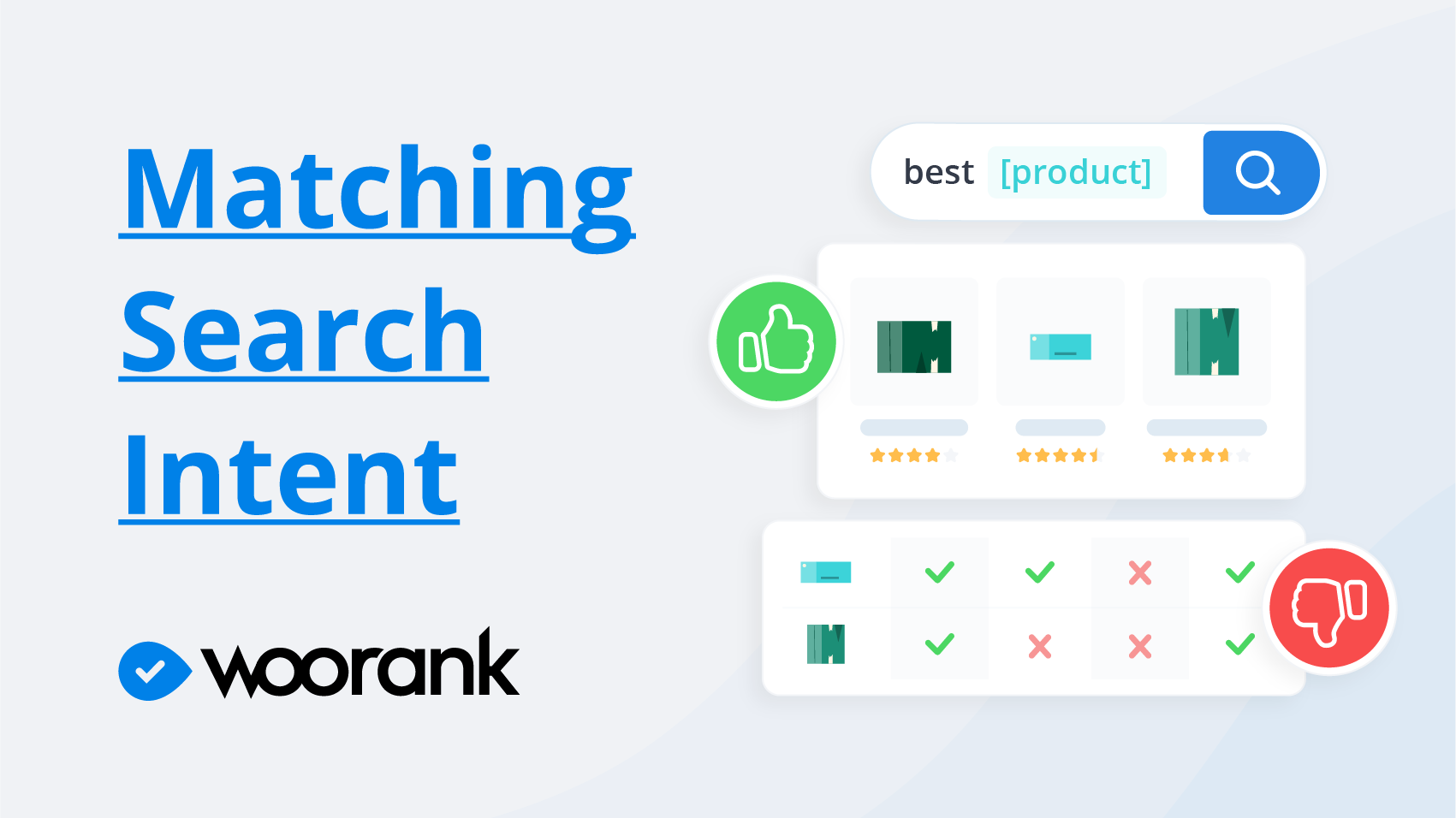Dublin Core In 2014: Should I Really Care About It?
The Dublin Core metadata schema has been used since 1995 by businesses from a wide range of backgrounds to assist organisation and discovery of network resources. We have previously spoken about how the Dublin Core can help SEO and usability. However, some people question the importance of maintaining metadata. Is Dublin Core still applicable in 2014? Does it really provide benefits to your website and business, or is just a maintenance nightmare with little relevance to the average web user? In this article, we'll be looking at Dublin Core in detail and asking the question: should I really care about it?
A Bit Of Context On Dublin Core
Following the first experts meeting in 1995, the 15 data elements agreed upon were standardized as The Dublin Core Metadata Element Set. Some of these elements are title, subject, creator, description, publisher or language.These were further expanded with Qualified Dublin Core, but subsequently deprecated in 2012. Dublin Core records can be written using a number of different languages, including XML and HTML, and can be stored directly in files or indirectly as database records. These records are then linked to the network resource using a element.

If you are curious how some of these 15 elements would look like in your source code, here are some snippets for determining Author or Creator and Language:
[css]<br /><br /><meta name="DC.Creator"<br /><br /> content="Simpson, Homer"> <meta name="DC.Language"<br /><br /> content="en"> <meta name="DC.Creator"<br /><br /> content="Gogh, Vincent van"><br /><br /> [/css]
Why Should I Implement Dublin Core?
There are a number of scenarios where the implementation of the Dublin Core schema can help improve the organisation and discovery of web content. For example, a website could contain a large number of articles covering a wide range of subjects. Implementing the Dublin Core metadata schema will not only benefit the end user of your site, but can also help maintain the current articles. From a user's perspective, a local search engine can be provided that uses the metadata stored against articles as search terms. The results returned could be filtered by any combination of Dublin Core elements such as creator, date or title. This provides the end user with a powerful interface that increases the usability of a website.
Equally, implementing the Dublin Core schema can help manage the article content. This is especially true if the articles are in a wide range of different file formats, such as PDF, HTML, video and audio. It is possible that these files are stored in different locations with separate databases, so querying the data across all files might be a challenge. The metadata provided by the Dublin Core schema would provide a way of querying all files using common elements. This allows for effective file management and maintenance of a website.
We can see his example from El Pais (Spanish newspaper) how WooRank shows the diagnosis of Dublin Code:

Wider Use Of Dublin Core
The examples above only cover websites using closed data, i.e. data that is stored and managed privately by the website owner. The World Wide Web contains open and public data, available for access to anybody who wishes to view it. Implementing the Dublin Core schema into public web content can help discovery from other web applications. As an example, a website provides a tool that searches multiple sites for academic content. It uses the Dublin Core schema to search and filter results. By accurately implementing the Dublin Core schema with web content, you can expect to have all relevant results listed on the third party website, increasing traffic to your website from other sources.
It is worth noting that the major search engines do not appear to use Dublin Core metadata elements. Google published a list of all supported metadata tags. The document states that any metadata tags not listed are simply ignored by Google's search engine. From the information available we can determine that the inclusion of Dublin Core metadata has no impact on search rankings.
The Future of Dublin Core
The Dublin Core Metadata Initiative (DCMI) is an open organisation that supports innovation in metadata design. The current focus of the organisation, and the key topic at Dublin Core 2014, is Linked Open Data and the role that Dublin Core will play. Tim Berners-Lee (often thought of as the 'Father of the World Wide Web') first discussed the concept of Linked Open Data at a 2009 TED talk.
The idea is to connect data from a variety of open sources such as libraries, health organisations and government data, using common standards. The goal of Linked Open Data is to help create the Semantic Web, where all web data is linked and easily analysed by computers.

By implementing Dublin Core metadata with web content, a business or website can become part of the semantic web.
Conclusion
As businesses move towards cloud computing the amount of data stored in the web increases. Implementing a standardized metadata schema such as Dublin Core can help maintain data and provide end users with flexible search tools. Your web content can be discovered easily from other sites and applications, increasing web presence and driving traffic to your site.
Of cultural importance is the shift towards Linked Open Data and the use of metadata to create the semantic web. For this to be successful a standardized schema such as Dublin Core must be considered.










